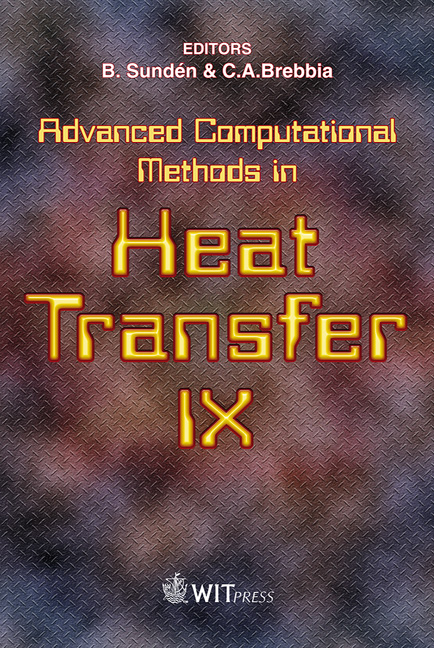Solution Of The Radiative Transfer Problems In Two-dimensional Participating Cylindrical Medium With Isotropic Scattering Using The SKN Approximation
Price
Free (open access)
Transaction
Volume
53
Pages
12
Published
2006
Size
517 kb
Paper DOI
10.2495/HT060111
Copyright
WIT Press
Author(s)
N. Döner & Z. Altaç
Abstract
The SKN (Synthetic Kernel) approximation is applied to a two-dimensional homogeneous cylindrical participating medium with isotropic scattering. The SKN equations are tested against benchmark problems consisting of cold homogeneous participating medium. The solutions are compared with those obtained by various methods available in the literature. The SK3 approximation results for geometries of very large and very small aspect ratios are in excellent agreement with those of benchmark solutions. The SK3 solutions with moderate aspect ratios are accurate within several percent. Keywords: synthetic kernel method, participating medium, isotropic scattering, two-dimensional cylindrical medium. 1 Introduction The SKN approximation which was developed to solve neutron transport equation can also be applied to radiative integral transfer equation (RITE) [1]. The significance of solving the integral equations is that one has to deal with the spatial variables rather than spatial and angular variables that exist in radiative transfer equation (RTE)-Boltzmann’s equation. Thus the solutions obtained from the integral equations do not exhibit ray effect which is a phenomena that plagues discrete ordinates and similar methods. Ray effect is the result of discretization of angular variables.
Keywords
synthetic kernel method, participating medium, isotropic scattering, two-dimensional cylindrical medium.





